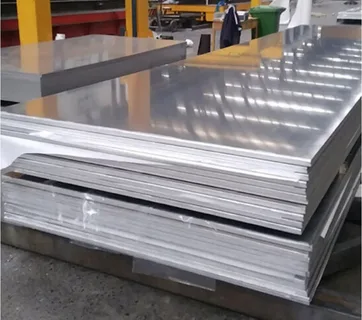Aluminium plate is a versatile material widely used in construction, automotive, aerospace, and manufacturing industries due to its strength, light weight, and corrosion resistance. However, improper handling and fabrication techniques can lead to costly errors. Whether you’re a seasoned fabricator or a DIY enthusiast, understanding the common mistakes to avoid when working with aluminium plate can save you time, money, and effort.
1. Choosing the Wrong Alloy
One of the common mistakes to avoid when working with aluminium plate is selecting the wrong alloy for your application. Aluminium comes in various grades, each with its own properties. For example:
- 6061 is great for structural components due to its strength.
- 5052 is known for excellent corrosion resistance.
- 7075 is strong but less corrosion-resistant.
Choosing the wrong alloy can lead to product failure or reduced lifespan, especially in demanding environments.
2. Inadequate Surface Preparation
Aluminium plates often come with a natural oxide layer that must be properly cleaned before welding, bonding, or painting. Skipping this step can result in poor adhesion or weak welds.
Tips:
- Use a stainless steel wire brush or chemical cleaner.
- Always clean just before processing to prevent re-oxidation.
Neglecting surface prep is a common mistake to avoid when working with aluminium plate, particularly when preparing it for welding.
3. Improper Welding Techniques
Aluminium requires different welding methods compared to steel. It has higher thermal conductivity and lower melting point, making it tricky to weld.
Mistakes include:
- Using incorrect filler material
- Not using proper shielding gas (100% Argon is ideal)
- Failing to preheat thick plates
Using the wrong technique can lead to weak joints, warping, or cracks. If you’re unsure, consulting a welding guide specific to aluminium can help.
4. Overlooking Thermal Expansion
Aluminium expands significantly when heated. If not accounted for during design and assembly, this can cause warping, buckling, or stress fractures after cooling.
Plan for expansion by:
- Using flexible joints
- Leaving space for thermal movement
- Avoiding rigid fasteners in long spans
Being mindful of thermal properties is another common mistake to avoid when working with aluminium plate, especially in outdoor or high-heat applications.
5. Using Inappropriate Cutting Tools
Using tools not designed for aluminium can result in rough edges, tool wear, or even damage to the plate. Always use carbide-tipped blades or high-speed steel bits with lubricant to ensure smooth cuts and prolong tool life.
Conclusion
Working with aluminium plate can be highly rewarding when done correctly, but it requires careful attention to detail and an understanding of the material’s unique properties. By avoiding the common mistakes to avoid when working with aluminium plate—such as choosing the wrong alloy, skipping surface prep, or using improper welding techniques—you can ensure strong, clean, and durable results in your project.

